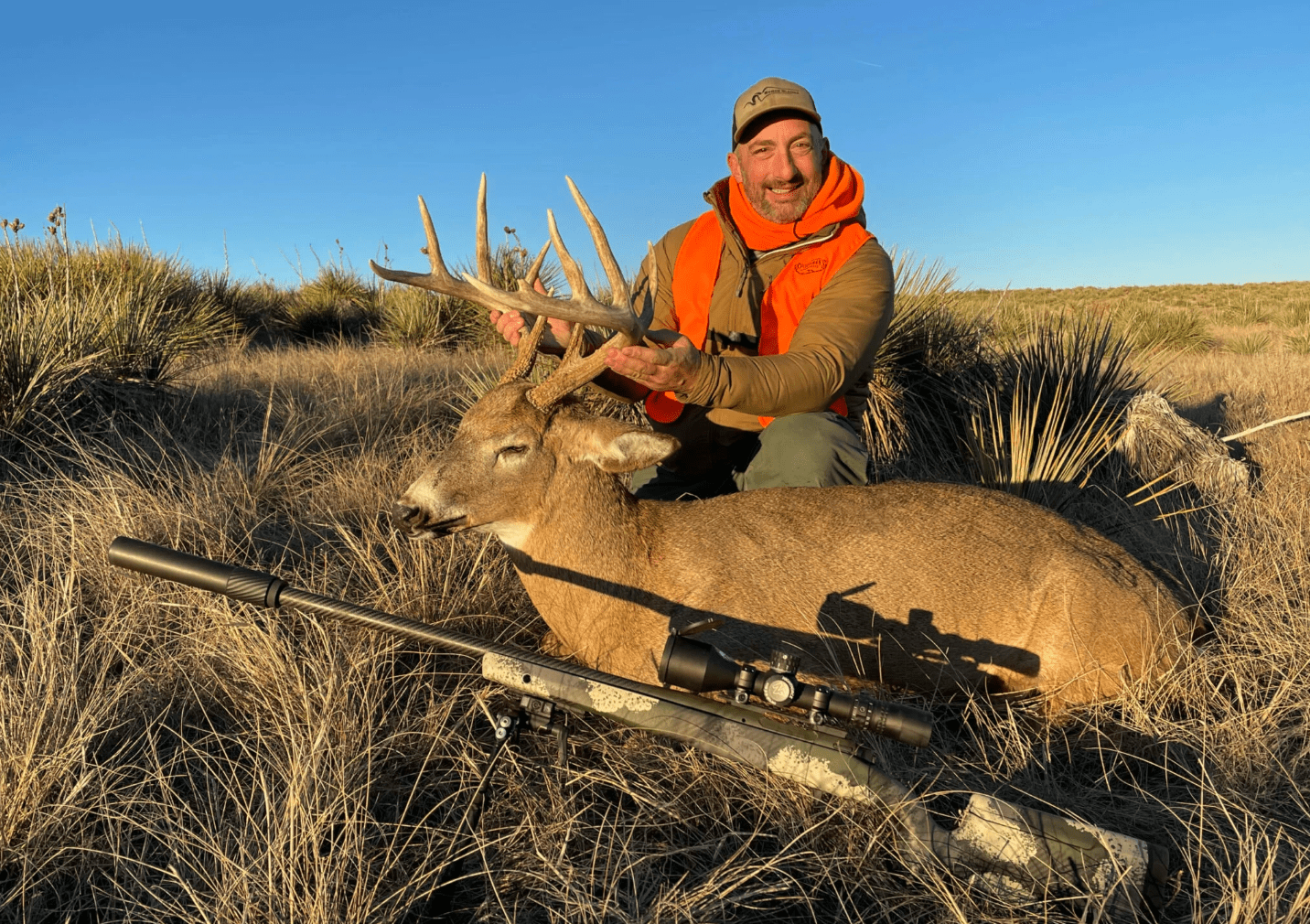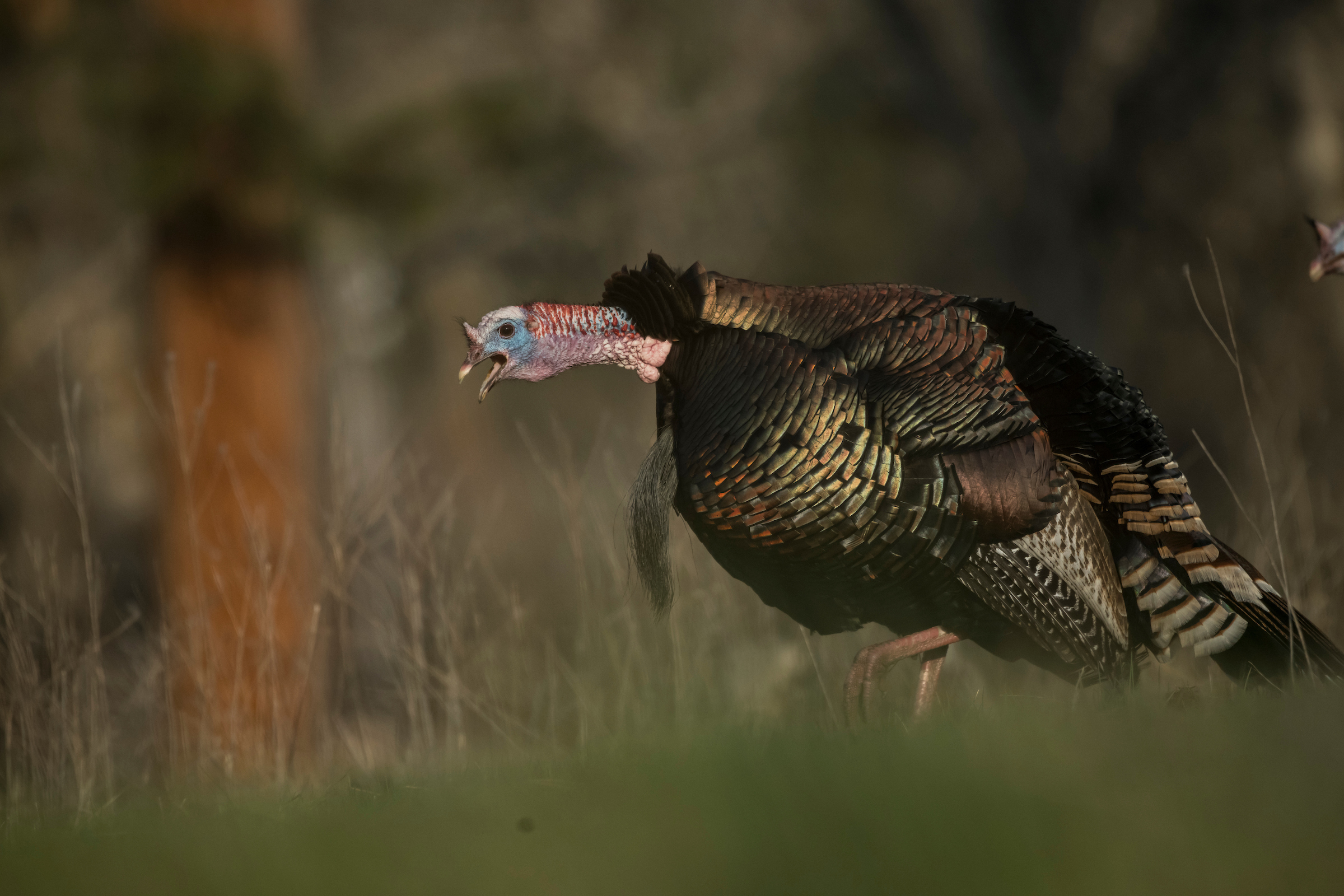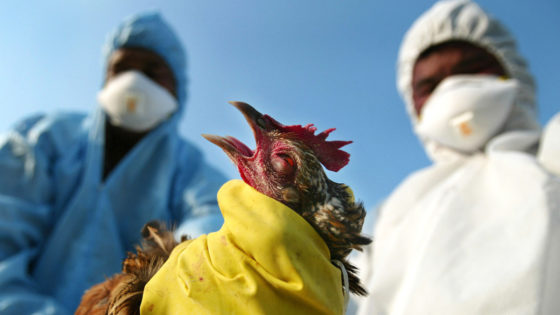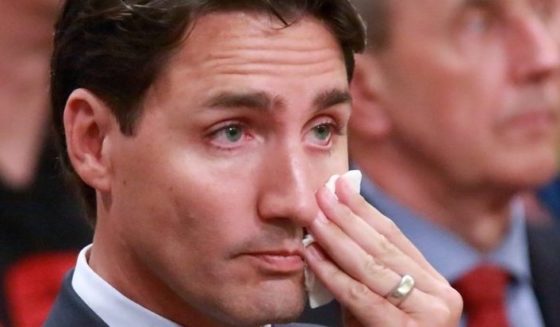Podcast: Real Talk About Deer Cartridges and Bullets

Gun seasons are in full swing, and with them come all kinds of conversation and debate about deer hunting cartridges and bullets. At Outdoor Life, we’ve participated in these conversations plenty, and you can read our in-depth reviews on the best deer hunting cartridges and the best deer hunting rifles.
Those two topics get a ton of interest, so of course we have detailed information and results from field testing to satisfy our readers’ curiosity. But real talk? The deer cartridge you choose really isn’t all that important. That’s right. Whether you decide to go with the .30-06, .270, or 6.5 Creedmoor, your choice won’t realistically impact the success you experience in the woods.
In this episode of the the Outdoor Life Podcast, shooting editor John B. Snow explains that it’s not what cartridge you shoot that matters, but how you shoot it. Here are some key concepts to remember when discussing deer hunting cartridges and bullets.
With Deer Hunting Bullets, Balance Is Key
On the continuum of North American game animals, whitetails sit in the middle in terms of stoutness. Even a big Midwestern buck isn’t thick skinned or heavy boned. So when choosing a bullet, you want to go with those “middle of the road” options that will expand and create sufficient internal damage, but also penetrate deeply enough to produce an exit wound.
“What kills a deer is one of two things: Blood loss that shuts down the central nervous system, or a hit directly to the central nervous system, like a spine shot or brain shot, which is not something that I would ever recommend,” Snow says. “So I want a bullet that will give me good terminal ballistics, that will create a devastating wound channel in the animal, that will cut through tissue and blood vessels, and lead to a swift death.”
Deer hunting bullets that we’ve had excellent performance with over the years include:
Snow is not concerned about recovering a perfect mushroom or maximizing weight retention, so long as the bullet does its job once it enters the animal.
Choose Bullets for Good Blood Trails
In fact, if you find that perfect mushroomed bullet in your deer, that means you didn’t get an exit wound, Snow points out, which isn’t ideal. Because whitetails are twitchy, and because we often hunt them in dense cover and adverse weather, you want a heavy blood trail that makes for a quick recovery. The best blood trails are typically the result of two holes, not just an entry wound.
“I want a bullet that is going to impart enough damage to shut its lights off quickly, so I want a bullet that upsets rapidly and creates a really nice wound cavity,” Snow says. “I want to see a lot of blood quickly.”
Magnum Cartridges Are Not the Answer
Some folks listening to this podcast might hear the commentary about exit wounds and blood trails, and conclude they need to shoot a magnum cartridge. After all, a heavier bullet moving faster is going to create more damage, right?
In some ways that’s true, but it’s more complicated than that. In reality, mild cartridges like the .223 Remington, .243 Winchester, .270 Winchester, 6.5 Creedmoor, and the old .30-30 Winchester will create more than sufficient internal damage on whitetails when paired with right bullets. If you don’t believe me, watch the video of OL staff writer shooting a moose with the .22 ARC.
Importantly, these mild cartridges are easier to shoot accurately compared to the booming magnums.
“So few people are capable of shooting those heavy cartridges well, particularly in lighter-weight deer rifles,” Snow says.
After all, good shot placement is the key to killing a deer well. And because of the reduced recoil, it’s just easier to place a bullet more precisely with a mild cartridge.
Accuracy Matters, Even at Close Ranges
“People try to substitute shooting proficiency for cartridge selection,” Snow says. And this is a losing proposition.
A deer that’s hit poorly with a magnum cartridge will likely not leave a good blood trail, it might travel off the property, and will simply not experience a quick, humane death. Even though most whitetail-hunting shots are taken at close and medium distances, hunters should still optimize their setups and cartridge choices for accuracy.
Remember that a lot of deer-shooting scenarios happen quickly. There’s often not an opportunity for a perfect broadside shot in the woods. Many shots must be taken offhand or braced against a tree. Bucks are typically moving through narrow shooting windows. These are not necessarily easy shot opportunities, so rifle setups need to be accurate and the rifleman needs to posess real skills.
Read Next: Why Small Cartridges Are So Effective On Big Game
The Most Important Factor Is You
If you want the best results when shooting deer, get yourself a mild-recoiling and accurate rifle that is easy to shoot — and then shoot it a lot. Invest in quality ammo. Sight in your rifle properly (hint, you’re going to have to shoot more than three times). And, then practice from practical field positions. When you finally do get that fleeting opportunity at a big buck, you’ll know that you’ll be able to place your bullet precisely where it needs to go. When you do that, you’ll find your buck at the end of a short blood trail and the cartridge you chose won’t matter at all.
Read the full article here








